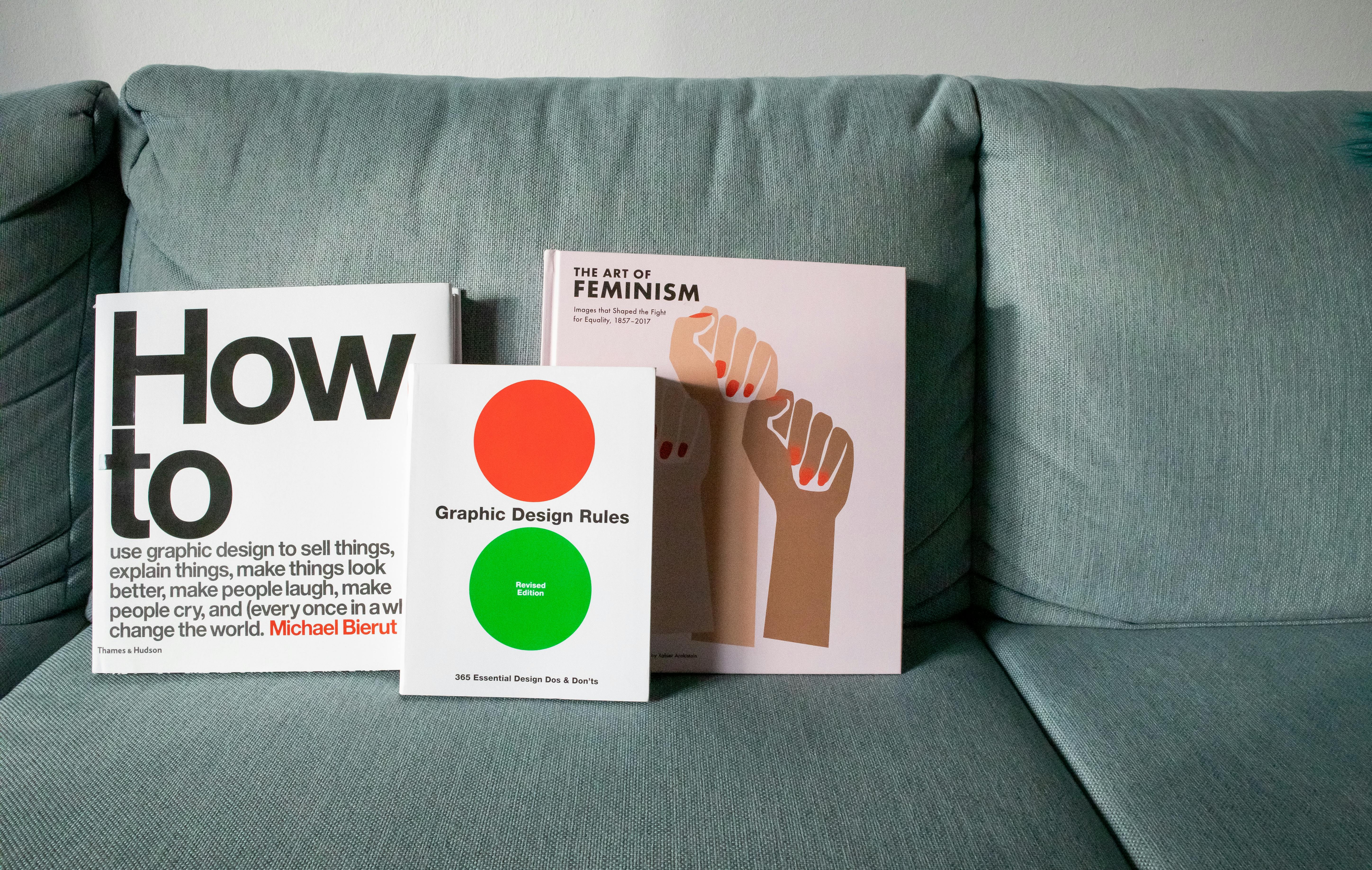
Effective Techniques to Calm a Panting Dog and Ensure Their Comfort in 2025
As pet owners, we strive to ensure that our furry companions live happy, healthy lives. Panting is a common behavior in dogs but can sometimes indicate anxiety or overheating. In 2025, understanding how to calm your dog and reduce dog panting has become increasingly important. With a variety of techniques available, pet owners can create a calm environment, manage dog stress, and promote relaxation.
This article provides a comprehensive guide on soothing techniques for dogs, including hydration for dogs, dog relaxation methods, and gentle petting approaches. Additionally, we’ll explore the role of exercise in calming dogs, as well as how to identify the signs of dog stress.
Finally, you will find practical tips on hydration, calming treats, and dog massage techniques to ensure your pet feels comfortable. Let’s dive in!

Understanding Dog Panting and Its Causes
Building on the basics of calming techniques, it’s crucial to understand why dogs pant. Normal dog panting can occur due to hot weather, exercise, or excitement. Recognizing anxious behavior in dogs is essential when diagnosing excessive panting, which may point to more serious conditions.
The Science Behind Dog Panting
Panting helps dogs regulate their body temperature since they can’t sweat like humans. When overheated, dogs rely on panting to cool down, making it a natural response. However, if panting persists beyond normal circumstances, it may indicate discomfort or stress.
Common Triggers of Excessive Panting
Several factors may contribute to excessive panting. These include overheating, anxiety during vet visits, loud noises, or changes in environment. Understanding these triggers is vital to effectively manage stress in dogs.
When to Worry About Panting
While normal dog panting is not a cause for concern, there are times when it should prompt immediate attention. Signs such as prolonged panting, labored breathing, or additional symptoms like lethargy could indicate potential health issues. In these cases, consulting with a veterinarian is crucial.
Creating a Calm Environment for Dogs
Now that we've established the science of panting, let’s explore how to provide a calm environment for your dog. This includes adjusting their surroundings to suit their needs, ensuring comfort in stressful situations, and employing appropriate dog anxiety relief methods.
Designing a Safe Space
Creating a comfort zone can significantly reduce anxiety in dogs. Designate a quiet area with their favorite bed and toys where they can retreat during stressful situations. Consider adding familiar scents to enhance their security. This ensures that your dog knows there is a safe space to regain their composure.
Hydration and Temperature Management
In hot weather, ensuring your dog stays cool is essential. Always provide fresh water and consider using cooling techniques like wet towels or pet cooling mats. Hydration for dogs during warm months can prevent overheating and excessive panting.
Calming Music and Visuals
Playing calming music designed specifically for dogs can aid in relaxation. Incorporating soothing sounds during stressful events or when you notice increased anxiety can help lower a dog's heart rate and create a peaceful environment.
Effective Soothing Techniques for Dogs
With a safe space established, let’s delve into specific soothing techniques for dogs that can alleviate stress and help calm panting. These methods include various forms of physical touch, sensory interventions, and dietary changes.
Gentle Petting and Massage Techniques
Physical touch is a powerful way to calm your dog. Techniques such as gentle petting or dog massage can foster relaxation. Start by gently stroking their favorite areas and gradually incorporate massage techniques focusing on tense areas. Regularly practicing these methods may also create positive associations, reducing stress over time.
Calming Treats and Pheromones
Introduce calming treats designed to provide dog anxiety relief. These treats often contain ingredients like chamomile or valerian root that can naturally help soothe your pet. You might also explore using calming collars that release pheromones, simulating natural scents that comfort dogs.
Incorporating Relaxation Techniques
Practice breathing exercises for dogs, where you gently encourage your dog to breathe slowly. This process can be initiated by demonstrating calm exhalation sounds or playing a calming breathing video. Gradual exposure to these relaxation techniques can involve desensitizing them gradually to specific triggers that normally induce stress.

Exercise and Mental Stimulation for Calm Dogs
Another critical aspect of dog stress management is ensuring your dog receives adequate physical and mental stimulation. Engaging your dog in appropriate exercise can help lower energy levels and stress.
Tailored Exercise Routines for Your Dog
Developing an exercise routine that matches your dog's energy level and breed is essential. Whether it’s a leisurely walk or playing fetch, regular exercise can naturally reduce anxiety. Monitor your dog’s behavior to find the right balance, preventing overheating or fatigue.
Using Toys for Distraction
Incorporate toys that encourage mental stimulation, like puzzle feeders or interactive toys. These can keep their mind engaged and distract from anxiety-inducing situations. Engaging your dog’s brain through play can also promote relaxation during stressful experiences.
Socializing Your Dog Appropriately
Encouraging positive interactions with other dogs and people can help alleviate anxiety. Gradually introducing your dog to new environments and social situations helps in lowering anxiety. Ensure that experiences are positive, reinforcing calm behavior.
Monitoring and Adjusting for Dog Anxiety
Finally, ongoing monitoring and adjustment are crucial in managing anxiety in dogs. Understanding when to seek professional help is equally important.
Recognizing Signs of Stress in Your Dog
Learning how to recognize signs of stress in dogs allows you to intervene before anxiety escalates. Look for signals such as pacing, panting, or avoiding eye contact. Identifying these signs early can prompt timely actions.
Consider Professional Help When Needed
If home techniques do not yield results, seeking professional help from a dog behavior specialist or veterinarian is beneficial. They can provide behavioral adjustments tailored to your dog's needs.
Creating a Calming Routine
Establishing a calming routine can help your pet anticipate relaxation times, thus reducing anxiety overall. For example, implementing specific activities at consistent times of the day promotes security, making your dog feel at ease.
Frequently Asked Questions
What should I do if my dog pants excessively?
Monitor their behavior and environment. Ensure they are hydrated, check for signs of overheating, and provide a calm space. If excessive panting continues, consult a veterinarian.
Are calming treats effective for all dogs?
Calming treats can be effective for many dogs, but their impact can vary. Consider your dog’s specific needs and consult your vet for tailored advice.
How can I help my dog during thunderstorms?
Create a safe space, use calming music, and provide physical comfort through gentle petting. Desensitize them gradually to storm noises to help reduce anxiety.
Can dog relaxation techniques help with vet visits?
Yes! Preparing your dog with calming music, treats, and positive reinforcement before and during vet visits can reduce anxiety. Gradual training helps them acclimate to the experience.
What are some natural remedies for dog anxiety?
Consider using dog-safe essential oils or herbal supplements like chamomile. Providing familiar scents or comfort items can promote relaxation as well.